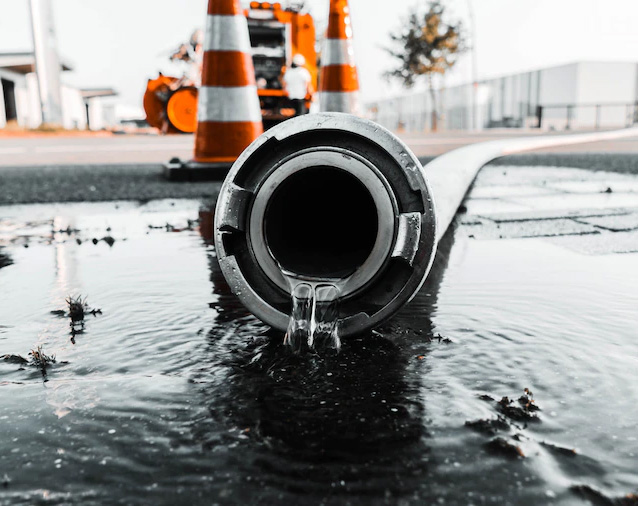
Are you interested in learning more about the three-step sewage treatment process in STP Plans? In that case, you have arrived at the correct location to have your curiosity piqued. You may find everything you need to know about the sewage treatment process in the sections below.
It is possible to remove toxic substances from municipal wastewater via the use of sewage treatment systems. According to the STP Plan in Navi Mumbai, the vast bulk of this wastewater is made up of human waste, while there may be small amounts of industrial wastewater present. You may distinguish secondary and tertiary phases of wastewater treatment from the three main stages of wastewater treatment that precede them.
Pre-treatment
There are three fundamental stages, but there is a critical step that sewage treatment facilities must complete before any of them may begin. Pre-treatment, also known as the pre-treatment stage, removes certain items from wastewater before further treatment. Sanitary products, diapers, plastic, leaves, and other large items are often removed from the environment during this procedure.
Primary Treatment: Starting Point
It is necessary to remove the organic waste and sludge from the water in the first of three treatment process steps. Wastewater runs through massive settling tanks during the settling process, where particles sink to the bottom and lubricants and oils rise to the top. After the oils and grease have been skimmed off the top of the floor, large scrapers are used to gather the sludge in the center of the floor. The wastewater is pumped away while the water balance is sent on to the secondary treatment stage.
Secondary Treatment Procedure
Besides primary treatment, the sludge that did not settle to the bottom after primary treatment may still be floating in the water at this point. Currently, the water is being aerated in aeration lanes, which are rectangular tanks into which air is being introduced. This approach encourages the bacteria to break down the residual sludge particles. Over time, the beneficial bacteria will outnumber the harmful ones, enabling them to take over and take control.
Tertiary Treatment Procedure
Before being released and re-used in other bodies of water, such as lakes, rivers, seas, and sewage treatment facilities must further enhance other bodies of water, the water quality. Filters are used to remove contaminants from water, such as inorganic substances like nitrogen and phosphorus, and any viruses or bacteria that may be harmful to people and their health.
Reuse
Upon completing all treatment phases, the wastewater has been thoroughly cleaned and is ready to be released back into the environment, which is the last step. Before this can take place, a thorough study and control of the water quality by Sewage treatment plants thane needs to be completed to ensure that it is safe.
Final Words
There you have it: a comprehensive explanation of the 3-Step Sewage Treatment Process of STP plan Mumbai. This method is required for every sewage treatment plant to verify that sewage and water are properly treated and discharged. You should now have all of the information you need on the processes and the procedures involved in them. The following procedures are followed across all facilities, and they will continue to be followed for the foreseeable future.